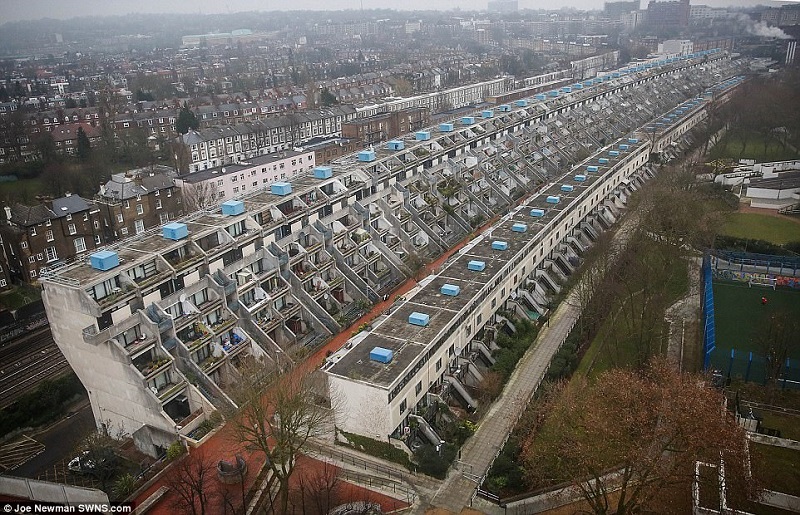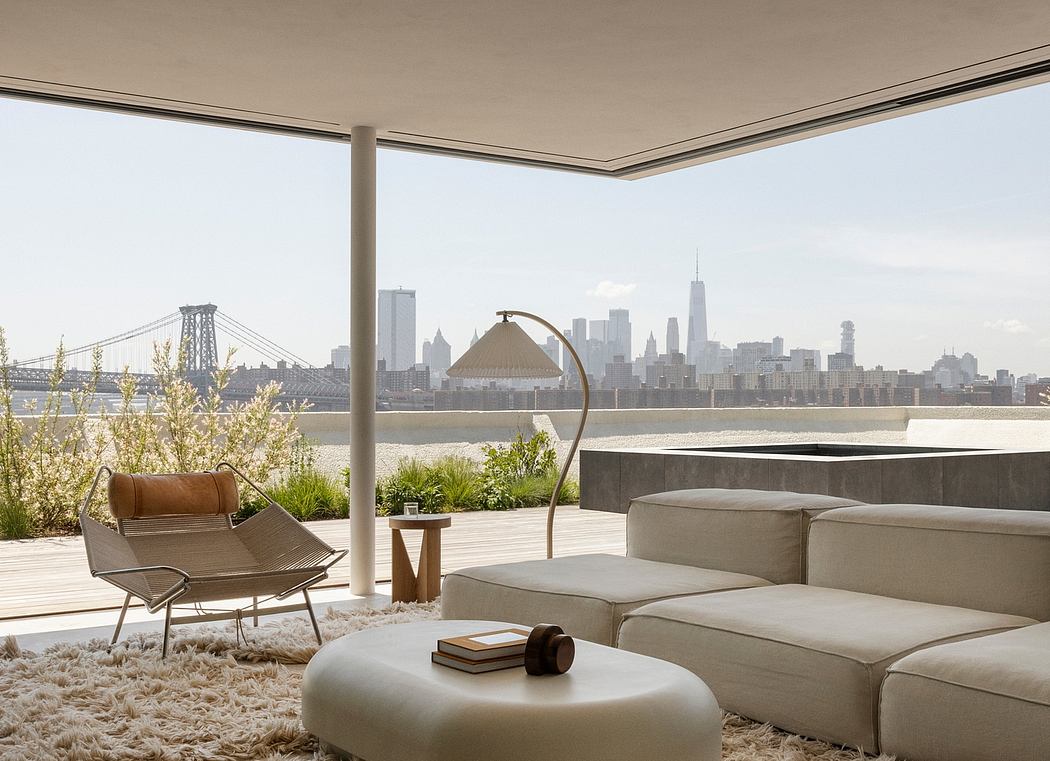London Mayor Unveils Plans to Protect Public Housing

function init(num) {
if(typeof $ != "undefined" && num < 1000) {
jQuery(document).ready(callFlex);
} else if(num < 1000) {
setTimeout(function() {
init(num+1);
},10);
}
}
function callFlex(){
try {
window.getGridSize();
window.flexslider("57810");
} catch(e) {
console.log("failed to build slider",e);
}
}
init(0);
In the 21st century, London has become famous for its ever-changing skyline. From the Shard to the Walkie Talkie building, each one of the city’s unique structures has by this point been personified and given an iconic identity. While architecture has long been a defining characteristic of the British capital, it was a different kind of architecture that was capturing the nation’s attention back in the 1960s and 70s: namely, public housing. These estates were developed after the Second World War as a means of uniting communities and facilitating a more utopian way of life, with communal living taking place in towers and blocks surrounded by green spaces intended for public recreation. Unfortunately, the utopian vision for these tower blocks didn?t exactly play out as hoped.
Instead, these bastions of community fell into disrepair and became places of hardship and dystopia. Although some of these complexes are still considered architectural icons, the majority of the pub...
| -------------------------------- |
| Kaipo Too table lamp by Edward Van Vliet for Moooi | Design | Dezeen |
|
|
Villa M by Pierattelli Architetture Modernizes 1950s Florence Estate
31-10-2024 07:22 - (
Architecture )
Kent Avenue Penthouse Merges Industrial and Minimalist Styles
31-10-2024 07:22 - (
Architecture )






